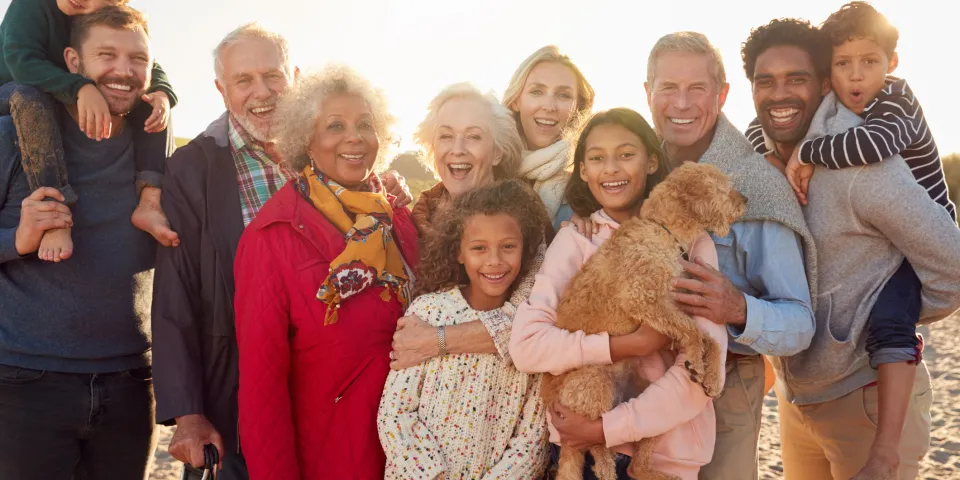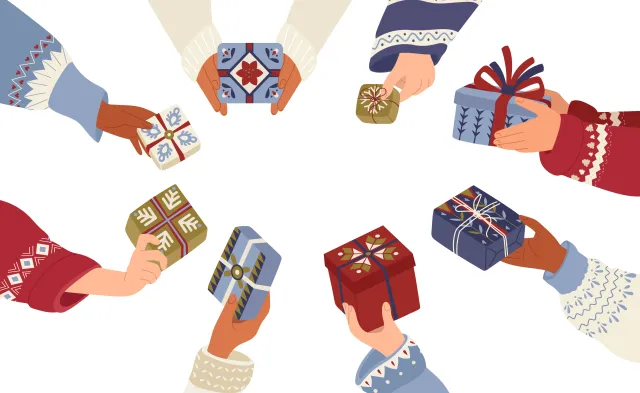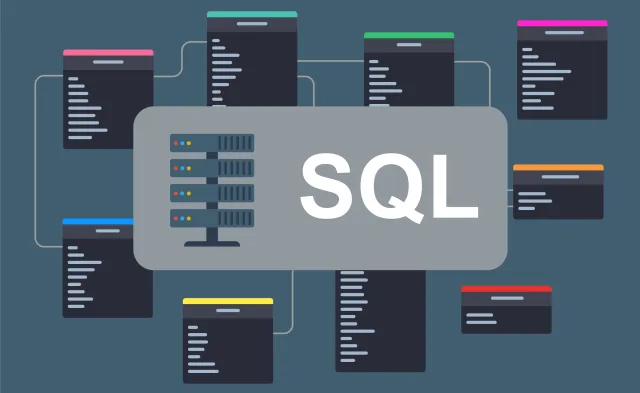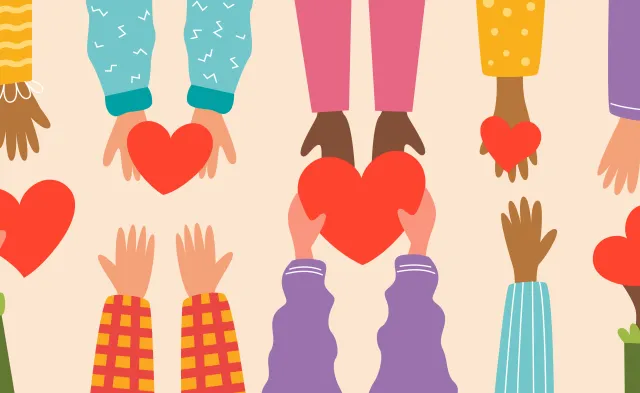Latest
Understanding the Changing Face of Families
Jun 22, 2022

What does a family look like?
Fifty years ago, someone probably would have answered that a family was a father, mother, and their biological children — the quintessential nuclear family. There's long been a stereotype that this is what is “normal,” and this view was perpetuated by the media from 1950 to 1965. According to the Atlantic, this was a time when divorce rates were low, fertility rates were high, dads went to work and mothers remained at home to take care of their 2.5 average children. While this is certainly a version of how some families may look, the definition of a family continues to evolve.
Over the years, a variety of economic and societal changes, as well as hard-fought legal battles like those allowing members of the LGBTQ+ community to adopt children, have made the “typical” family look very different and that can pose a problem.
In her latest T.R.U.E. Talk with Terri, “The Changing Face of Families,” diversity, equity and inclusion expert, Terri Howard focuses on how the definition of family can vary and what a “real” family is. Howard invited James Barrettes and Michael Anderson, to shed some light on their personal experience.
What is a family?
Family has a deeper meaning than what we may traditionally define it as.
Many people view family as a matter of biology. They see biological parents, siblings, and grandparents as the purest form of family, but that definition is limiting. Foster families and adopted children that have no biological relationship are still family — they are welcomed, not as an accessory, but as an extension to a family tree. Single parents are also no less valid because one parent is absent.
Something as common as marriage also undermines this definition of a biological family since there isn’t a biological link between two spouses. Stepfamilies and blended families also are more common and fall under this category. A family may then be defined as a legal union of individuals.
However, even if someone says you are legally family members that doesn’t mean that you are family either. Many families are estranged for a variety of reasons and may choose to align themselves with others whom they see as their family. Close friends may be more involved in a person’s life than a blood relative and when asked to point to “family,” they may look to many different people before a parent or sibling.
So, what is a family then? This was a quote set by Farzana Nayani, diversity equity and inclusion specialist and author of the book, Raising Multiracial Children: Tools for Nurturing Identity in a Racialized World. She says, “Even if the two parents' two-kid unit was the norm for a short time, I reject the notion that it was ever the definition of family.” She believes that family was, as it is today, a collective of individuals who love each other.
Changing Dynamics
The beautiful thing about defining family as a collective of individuals who love each other is that it fully embraces the changing dynamics of family, not only broadly in the community, but also individual families.
“Being new parents has changed our family and our relationship, not only in the size of our family but how we offer each other support,” said James Barrettes and Michael Anderson, two dads who recently adopted their son Camden. “We've seen growth for the last three years and without that family support, I don't think we would survive. As a couple, we have made better decisions along the way and we’ve brought our family closer together.”
Even though the individuals at the heart of a familial unit stay the same, how we interact with each other will change. Families must respond to a variety of different dynamics and situations that will influence how the relationship will develop. For James and Michael, it meant adding their son Camden, but for others, it could mean divorce, the death of a loved one, or a civil union. How we interact with these changing dynamics becomes important.
Why diversity of families is important to talk about
In your day-to-day life, both personally and professionally, you’ll encounter a variety of people who come from different backgrounds and were raised in differing environments. Recognizing that there isn’t a one-size-fits-all definition for how families “should” be is one way to understand how important representation is.
“I think more and more families are looking more diverse, but we still have skeptics as to whether or not these makeups are actual families that are thriving,” said Howard. “We need to embrace differences of opinion and share our example of a thriving family.”
As an LGBTQ+ couple, Michael Anderson and his partner have also received criticism for the way they raise their family. “Everyone is entitled to their own opinion, but I would encourage them to take a step back and look at the broader picture look at the opportunity that we're giving to a small child,” Michael stated. “Look at the opportunity we have to make someone who may or may not have had an opportunity to be part of a family be a part of a family. That includes our extended families too.”
Every family is diverse and different. That’s the beauty of it. The similarities lie in the love that families share.
The changing face of families is a result of many societal shifts. This includes the increase in divorce rates, people waiting longer to get married and have children, the doubling rate of interracial marriages, expanding rights for the LGBTQ+ community, expanded adoption and fostering opportunities as well as multigenerational households. These, and so many others, have all added to the evolution of the family. Diversity in our families, like the diversity of our communities, simply makes our world better.
Learn More About Our Career Programs
BLS pay estimates calculate the median annual wage for various occupations. Per the BLS the median wage for an occupation is: "The wage at which half of the workers in the occupation earned more than that amount, and half earned less. Median wage data are from the BLS Occupational Employment and Wage Statistics survey." Bureau of Labor Statistics (BLS), U.S. Department of Labor, Occupational Outlook Handbook 2024. BLS median wage estimates do not represent entry-level wages and/or salaries. Multiple factors, including prior experience, age, geographic market in which you want to work, and degree level and field, will affect career outcomes, including starting salary and earnings as an experienced employee. Herzing neither represents that its graduates will earn the median salaries calculated by BLS for a particular job nor guarantees that graduation from its program will result in a job, promotion, particular wage or salary, or other career growth.
Latest
Recent Blog Posts
Subscribe to our Newsletter
Get the latest news you need to know, from study hacks to interview tips to career advancement. Have it delivered right to your inbox biweekly.








